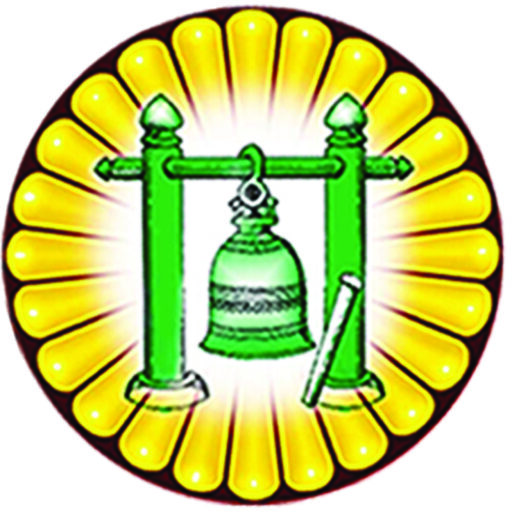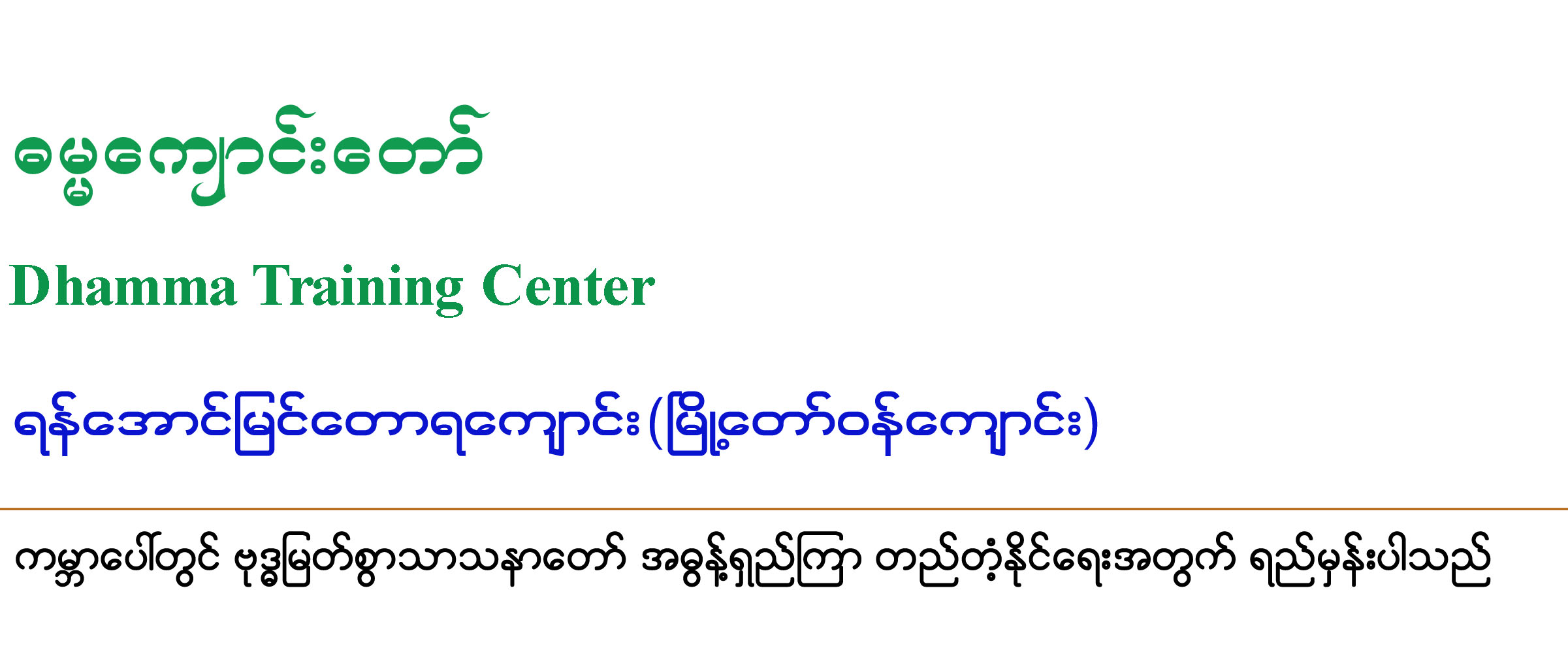၁ – ကုသလတၱိက ၇ – ပဥႇာ၀ါရ
၁ – ပစၥယာႏုေလာမ ၁ – ၀ိဘဂၤ၀ါရ
၁၅ – အာဟာရပစၥေယာ Āhāra Paccayo (Nutriment condition)
- 15. Āhāra paccayo – Paccayo Paccayaniddeso
- 15. Āhārapaccayoti – kabaḷīkāro āhāro imassa kāyassa āhārapaccayena paccayo. Arūpino āhārā sampayuttakānaṃ dhammānaṃ taṃsamuṭṭhānānañca rūpānaṃ āhārapaccayena paccayo.
- Ahara Paccaya (Nutriment condition)
Number fifteen is Ahara Paccaya, nutriment condition. Ahara is compared to supporting poles. There are no houses that are leaning here. I do not see such houses here, but in our country some houses may lean to this side or that side. Then have to put some poles to support them. Ahara is like supporting poles. It supports what has already been there. What are the conditioning factors of Ahara? Do you remember how many Aharas there are? There are four Aharas. Where do you find them? Ahara is one of the categories in the seventh chapter. The four Aharas are food, contact, volition and mind. These four are called Ahara. Ahara is of two kinds-physical nutriment and mental nutriment. Food is physical nutriment. Contact, volition and consciousness are mental nutriment.
Kaballinkāra means physical food or nutriment that contain in food of any kind. It is āhāra rūpa or oja. There are 8 inseparable rūpas and they are collectively known as avinibbhoga rūpa. It is the basic rūpa kalapa and it is included in all kalapa.
Any physical food serves as āhāra paccayo for imassa kāya or this physical body. In human body there are many rūpas like pathavi, tejo, vayo and apo and other rūpas. These rūpas are supporrted by 4 basic element rūpas and there are causes of these rūpa. Physical food or nutriment or oja or āhāra is one of the causes.
There are 3 arūpa āhāra or 3 non material nutriments. They are
phassa āhāra or contact nutriment
manosancetana āhāra or volition nutriment
vinnāna āhāra or consciousness nutriment
Phassa or contact is the chief component of cetasika that feed citta with object or arammana. Without phassa of contact there will not be any consciousness. Thus phassa or contact is nutriment for nāma dhamma and it is also known as nāma āhāra or arūpa āhāra. Because it feeds arammana to consciousness or citta and other associated cetasikas.
There are 29 cetana cetasikas that had arisen when kamma were committed in the past. These cetanas become kamma and they bear the potentials of giving rise to their results in the future. These 29 cetanas are
12 akusala cetanas or cetanas in l2 akusala cittas
8 kusala cetanas or cetanas in 8 mahakusala cittas
5 rūpa cetanas or cetanas in 5 rūpakusala cittas
4 arūpa cetanas or cetanas in 4 arūpakusala cittas
When there are these 29 cetana āhāra they can feed nutriment to nāma dhamma. Cetana is also involved in any citta and there it serves as sahajāta āhāra paccaya or nutriment condition.
There is a third nāma āhāra or 3rd arūpa āhāra or 4th āhāra. It is vinnāna āhāra. It is consciousness. Here it is bhavanga cittas or life continuing consciousness.
There may be cases that there is no more āhāra to support the physical body and being is dying. But when there is still vinnāna āhāra then that being has to stay a bit longer till cuti citta arises or the last consciousness arise just before he or she dies. //www.wisdomlib.org/buddhism/book/patthana-dhamma/
![]()



